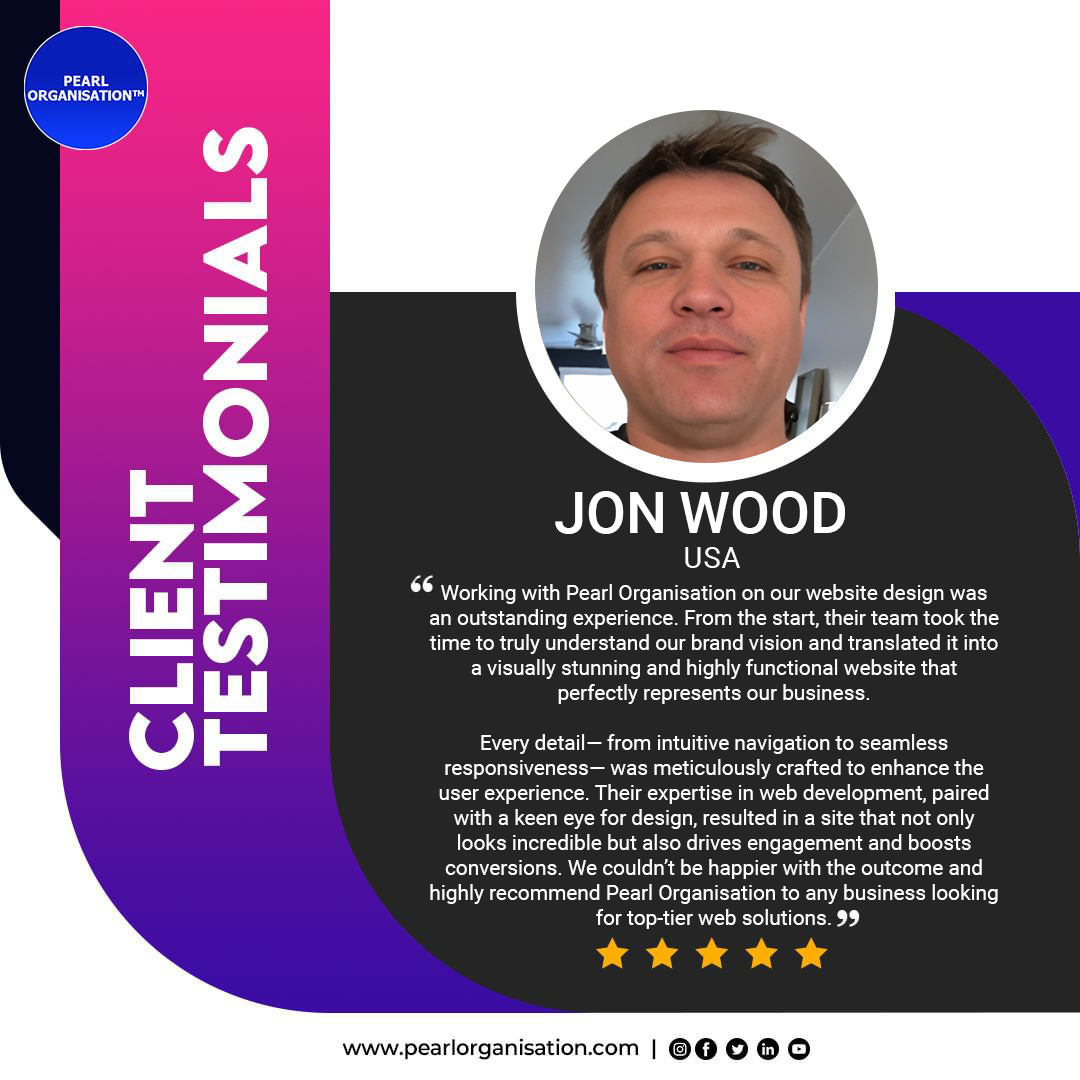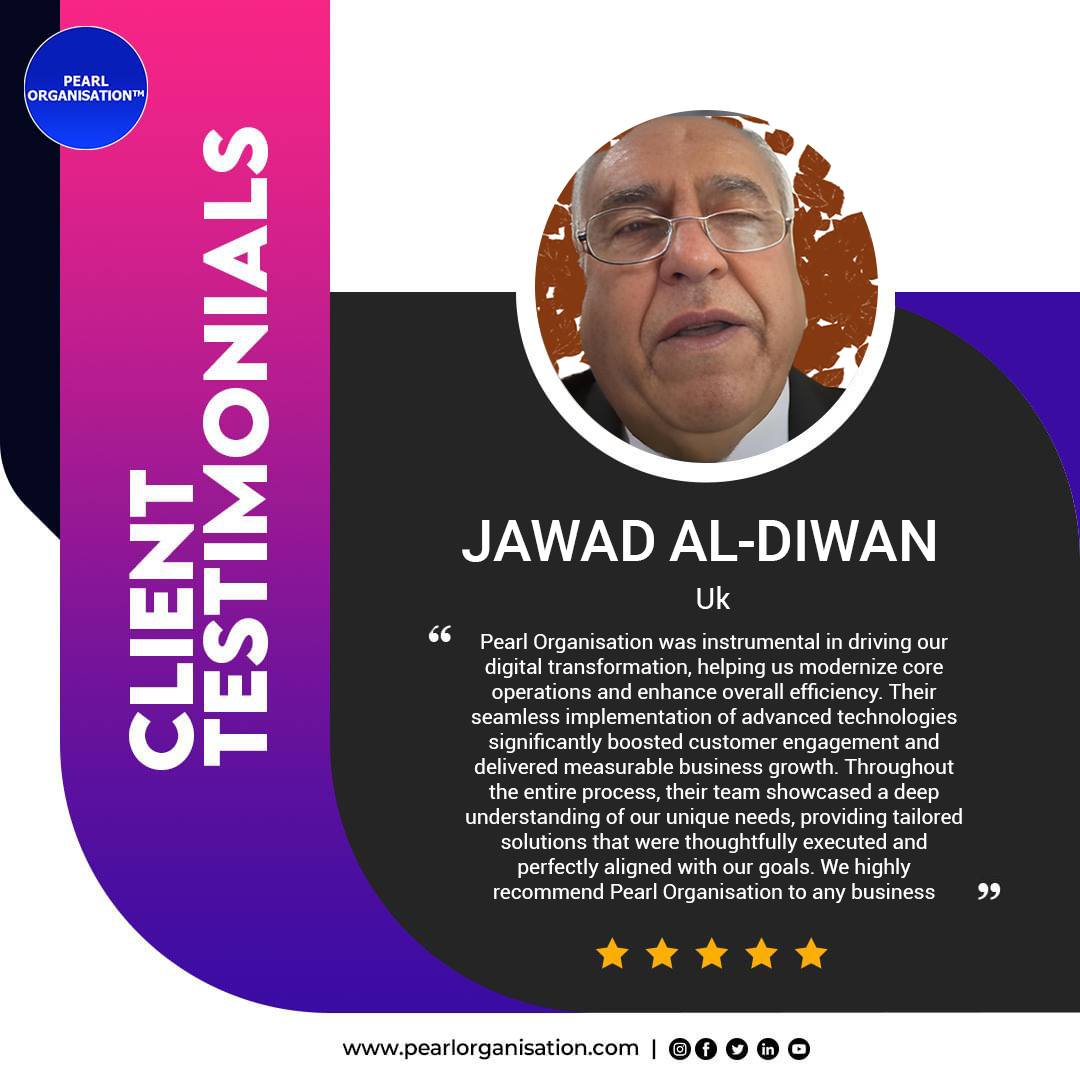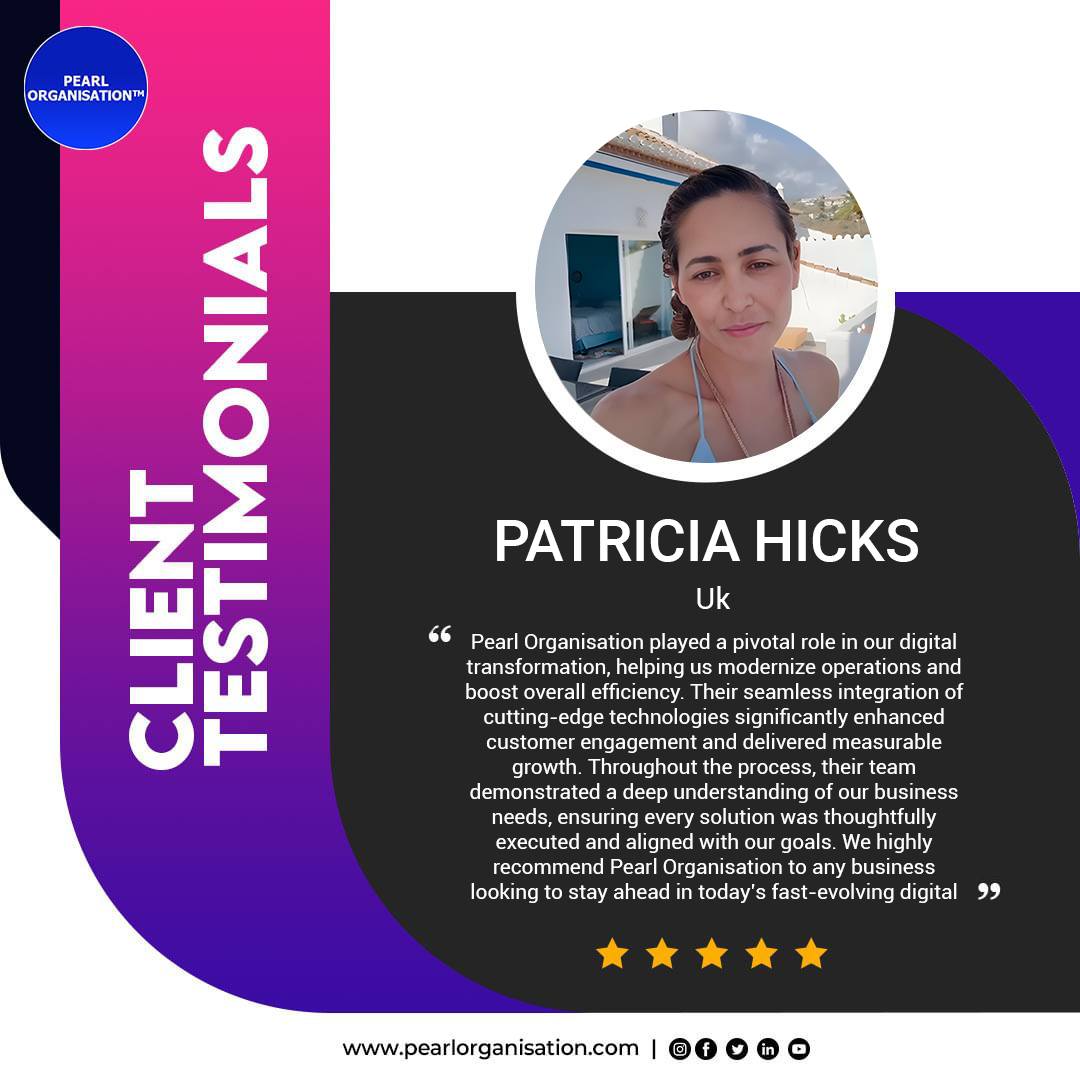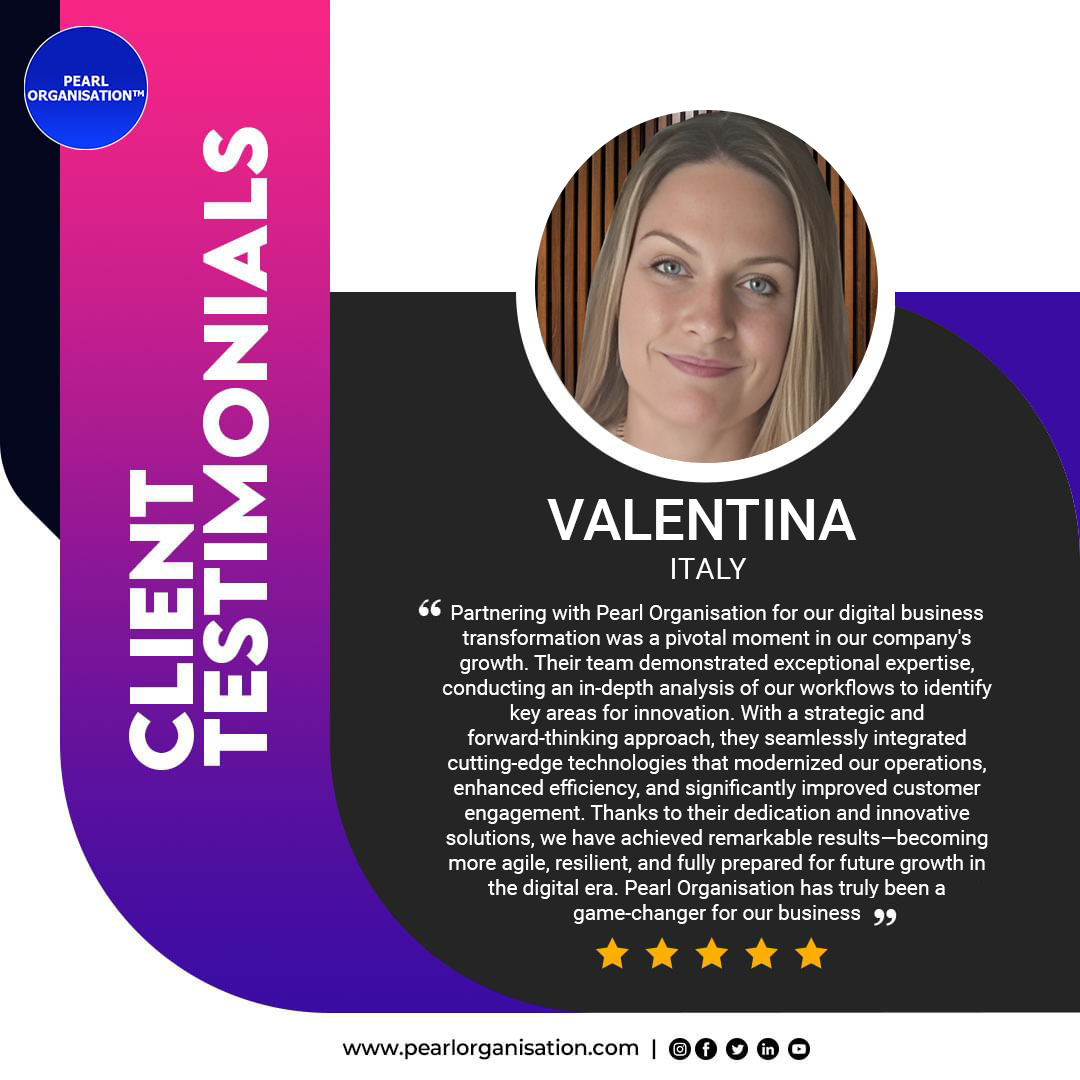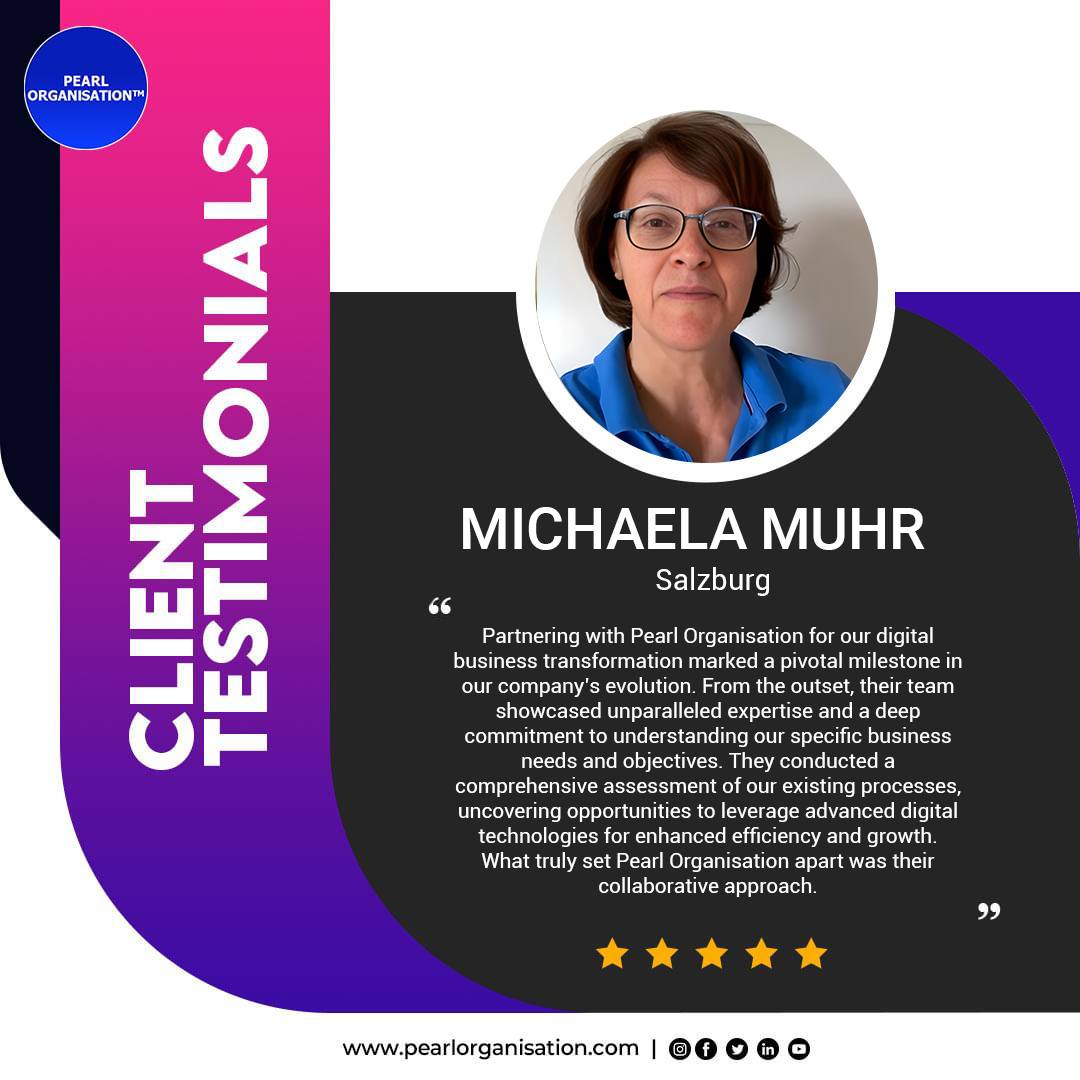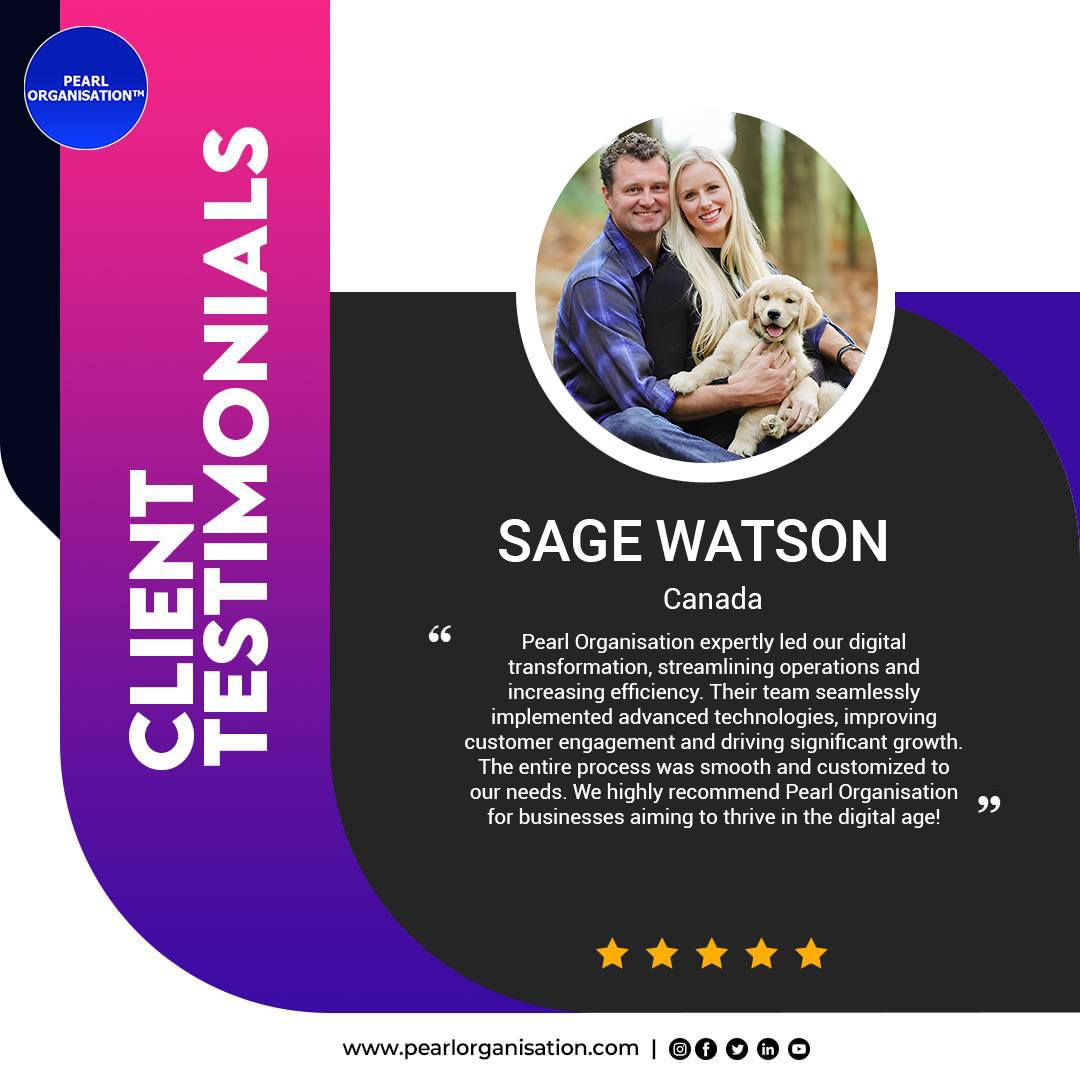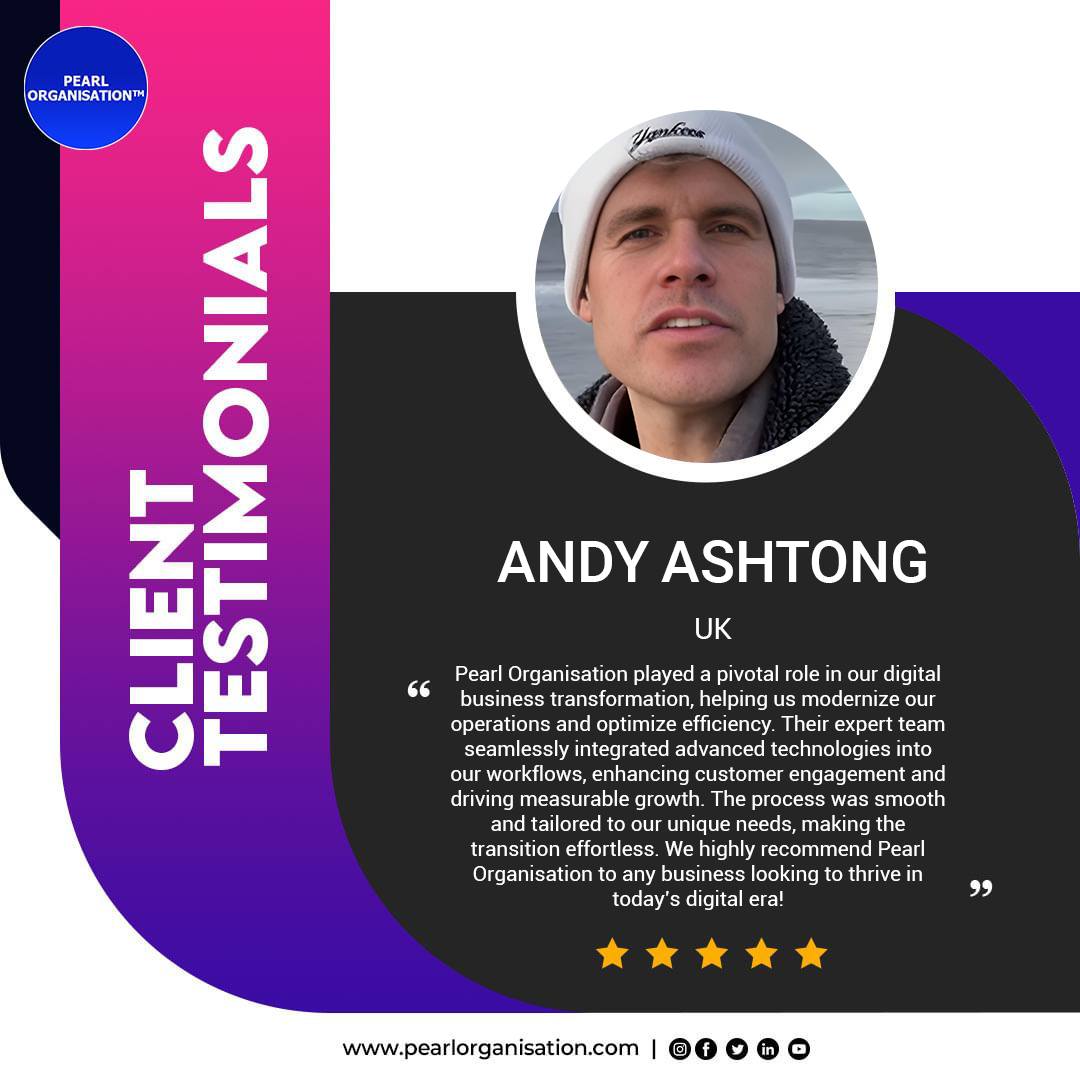💡 How Much Does It Cost to Develop an eCommerce Multi-Vendor Website in 2025?
- Larrisa
- Apr 30
- 6 min read

In 2025, eCommerce continues to dominate global trade, and multi-vendor marketplaces like Amazon, Flipkart, Etsy, and AliExpress are shaping the future of online retail. These platforms don’t just sell — they enable thousands of third-party sellers to list, manage, and sell their products under one umbrella. If you're planning to build your own multi-vendor eCommerce marketplace, the most critical question you’re probably asking is:
“How much will it cost to build a scalable, secure, and fully-featured multi-vendor eCommerce website?”
The answer depends on several factors — including functionality, technology stack, user experience, platform scalability, integrations, and long-term goals. In this guide, Pearl Organisation provides a transparent, detailed cost breakdown along with everything you need to know before starting your project.
🛒 What is a Multi-Vendor eCommerce Website?
A multi-vendor website is an eCommerce platform where multiple independent sellers or vendors can register, manage their own storefront, list products, and fulfill orders — all under one domain. Think of it as a virtual shopping mall where each vendor is like a separate shop, but customers experience it all within a single unified website.
Examples:
Amazon → Sells its own products and also enables thousands of vendors.
Etsy → A platform for independent creators and sellers.
Flipkart → One of India’s top multi-vendor marketplaces.
Your website, if built correctly, can become the next big digital marketplace in your niche — be it electronics, fashion, books, handmade goods, grocery, or services.
🧱 Key Features of a Multi-Vendor eCommerce Website
Before we talk about cost, it’s important to understand the core features that define a good multi-vendor platform. The more features you need, the higher the development cost.
🔐 User Roles & Account Types
Admin (platform owner)
Vendor/Seller Dashboard
Buyer Account
🏬 Vendor Functionality
Seller onboarding & approval
Product upload & management
Inventory & order tracking
Commission settings
Invoices & payouts
Review management
🛍️ Buyer Functionality
Product catalog with advanced filters
Multi-seller cart
Wishlist, product comparison
Ratings & reviews
Multi-payment checkout
Real-time order tracking
📈 Admin Dashboard
User management (buyers + sellers)
Sales reporting & analytics
Commission & earnings management
Product moderation
Dispute resolution & ticketing
🔌 Integrations
Payment gateways (Stripe, Razorpay, PayPal)
Shipping APIs (Shiprocket, FedEx)
SMS/email notifications
Third-party CRMs or ERPs (optional)
Mobile App (optional but recommended)
💰 Cost Breakdown: How Much Does It Really Cost?
Here’s a detailed breakdown of costs based on three levels of platform complexity and the business size you're targeting:
Development Level | Target Audience | Estimated Cost (USD) | Timeline |
Small startups or niche sellers | $8,000 – $15,000 | 2 – 3 months | |
Medium-scale businesses or regional platforms | $15,000 – $30,000 | 3 – 6 months | |
National/international marketplace | $30,000 – $100,000+ | 6 – 12 months |
🔍 Factors That Influence Multi-Vendor eCommerce Development Cost
Let’s dig deeper into why these prices vary, and what specifically affects the total cost of building your platform.
1. 🔧 Feature Set
The more features (real-time chat, dynamic pricing, vendor analytics, subscription modules, etc.), the more development hours are required.
2. 🎨 UI/UX Design
Custom UI/UX designs (mobile-first, animations, micro-interactions) require more time and creative input than using pre-made templates.
3. 🧠 Tech Stack Selection
Pearl Organisation often builds using:
4. 📱 Mobile Application
Adding Android & iOS apps increases cost by $10,000 – $25,000 depending on complexity. Mobile apps are highly recommended for modern eCommerce.
5. 🔗 3rd Party API Integrations
Shipping, invoicing, tax, ERP, analytics, and payment gateway integrations increase development time and testing needs.
6. 🛡️ Security & Compliance
For platforms handling sensitive data, features like SSL, 2FA, GDPR, and PCI-DSS compliance add both value and cost.
🔄 Build from Scratch vs Use eCommerce CMS?
Another factor affecting cost is whether you build:
Platform Type | Cost | Control | Scalability | Examples |
Custom from Scratch | High | Full | Unlimited | MERN, Laravel, Node.js |
Custom on CMS | Medium | Partial | Limited to CMS limits | Magento, WooCommerce, OpenCart |
No-code SaaS Builder | Low | Very Limited | Not scalable | Shopify, Wix eCommerce |
Pearl Organisation recommends building from scratch or hybrid CMS if you plan to scale, monetize vendors, and differentiate your platform in a crowded market.
🏗️ Pearl Organisation’s Process for eCommerce Marketplace Development
We don’t just build websites — we build scalable digital businesses.Our development methodology ensures performance, security, and growth-readiness.
Step-by-step approach:
Discovery & Consultation: Understanding your business model, niche, user personas, and monetization strategy.
Wireframes & UI/UX Design: Designing smooth buyer & seller experiences.
MVP Development: Building a lean, testable, market-ready product.
Testing & QA: Manual and automated testing to eliminate bugs.
Launch & Deployment: Hosting setup (AWS, DigitalOcean, Godaddy, Hostinger), domain, SSL, security configuration.
Post-Launch Support: Continuous improvement, feature expansion, maintenance, and user feedback analysis.
💼 Why Choose Pearl Organisation for eCommerce Development?
✅ Global Experience: 7590+ projects in eCommerce and digital platforms
✅ Flexible Pricing Models: One-time, milestone, or monthly development plans
✅ Mobile App Expertise: Android, iOS, and hybrid frameworks supported
✅ Security-First Approach: SSL, encrypted data, compliance-ready
✅ Long-Term Support: Dedicated project manager + tech team for every client
✅ Rapid MVP Delivery: Go live in 90-120 days for pilot markets
Whether you’re starting a niche marketplace or planning to compete with industry giants, Pearl Organisation is your technology partner — from concept to scale.
🚀 Final Thoughts: Investing in the Right eCommerce Platform
The eCommerce revolution is far from over — it’s evolving. Consumers now prefer platforms over standalone brands. If you’re planning to launch a scalable multi-vendor marketplace in 2025, the right investment upfront will set you apart in the long run.
With clear strategy, the right development partner, and a user-first mindset, your idea can become the next big success story.
👉 Need a custom quote or want to validate your marketplace idea?
Let’s build your eCommerce empire together.
FAQ Section: Multi-Vendor eCommerce Website Development Cost :
What is a multi-vendor eCommerce website?
A multi-vendor eCommerce website is a digital marketplace where multiple independent sellers or vendors can register, manage their own product listings, and sell to customers through a single platform. Popular examples include Amazon, Etsy, and Flipkart. Buyers shop from multiple vendors while checking out through one unified system.
How much does it cost to build a multi-vendor eCommerce website?
The cost to build a multi-vendor eCommerce website in 2025 can range from $8,000 to $100,000+ depending on:
A basic MVP may start at $8,000–$15,000, while enterprise-grade platforms may exceed $50,000 based on scale and functionality.
What features are essential in a multi-vendor marketplace?
A high-performing multi-vendor platform should include:
Buyer, vendor, and admin dashboards
Vendor registration and onboarding
Product management tools
Commission and payout systems
Order and inventory tracking
Payment gateway integration
Ratings and reviews
Mobile responsiveness or dedicated apps
Advanced features like real-time chat, analytics, and subscription models can also be added based on business goals.
Is it better to build a custom platform or use a CMS like Magento or WooCommerce?
Both options have benefits:
CMS platforms like Magento and WooCommerce are quicker and cheaper to launch but may have scalability or flexibility limits.
Custom-built platforms using frameworks like MERN or Laravel offer complete control, scalability, and unique branding — ideal for long-term growth.
Pearl Organisation recommends custom development for businesses aiming to scale beyond the basics.
Do I need a mobile app for my multi-vendor eCommerce business?
A mobile app is not mandatory, but highly recommended. In 2025, over 70% of eCommerce transactions happen via smartphones. Having Android and iOS apps ensures better user engagement, real-time push notifications, and brand loyalty. Pearl Organisation can develop apps alongside your web platform.
How long does it take to develop a multi-vendor website?
Development timelines vary by scope:
Basic MVP: 2–3 months
Mid-level platforms: 4–6 months
Enterprise-grade marketplaces: 6–12+ months
Pearl Organisation follows an agile model and can deliver MVPs quickly to help you enter the market faster.
What kind of businesses should build multi-vendor platforms?
Multi-vendor eCommerce websites are ideal for:
If you're planning to onboard multiple sellers under one brand and offer variety to customers, a multi-vendor setup is ideal.
Does Pearl Organisation offer post-launch support?
Yes, Pearl Organisation offers complete post-launch support, including:
We believe in long-term partnerships and ensure your platform evolves with your business.



























